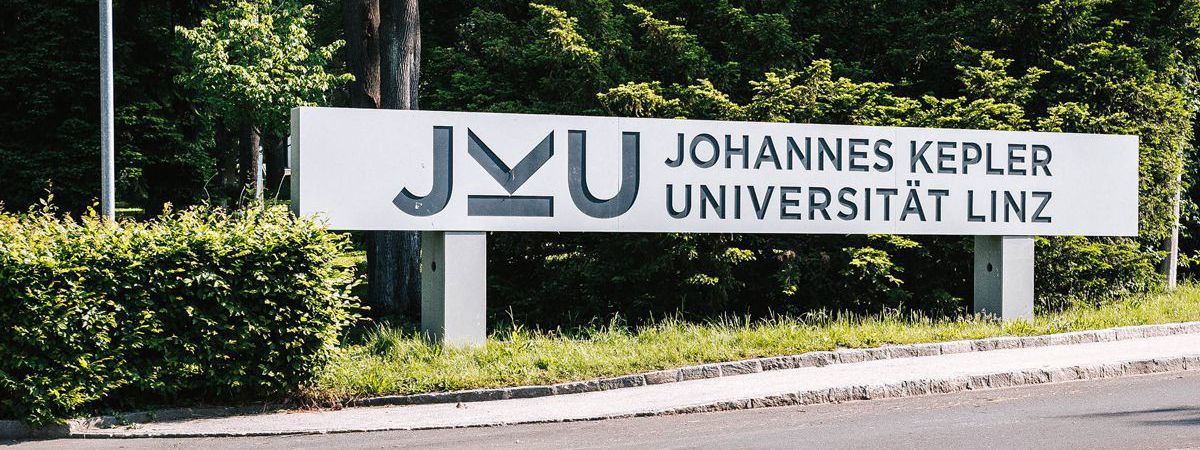Keynotes
Scaling up Security and Privacy for Wireless Networked Systems
Appearing at an accelerated pace, devices with wireless capabilities are expected to be essentially everywhere. Evolving networking infrastructures support new applications and services, with numerous tasks getting easier, more automated and personalised. However, systems and users get exposed to new cyber-threats: e.g., malware on smartphones, rogue connected vehicles, compromised sensors or actuators, or snooping service providers. It is paramount to protect user privacy and secure emerging wireless networked systems. Their large scale is a fundamental challenge for security and privacy. We discuss a number of recent results addressing this challenge. First, the complexity of credential management increases dramatically, with the number of devices and the provision of multiple anonymised credentials per device to enhance privacy; we discuss how to build such a scalable security infrastructure. The dimensions of the problem at hand and the volatility of emerging mobile systems, notably vehicular communication systems, call for a fresh approach for efficient revocation too. Dense networked systems with resource-limited devices can be targets of clogging denial of service attacks; a cooperative approach, not discussed here, can lead to a very effective defence. Cooperation is also the cornerstone of a scheme that safeguards Location Based Service security, as well as user privacy against honest-but-curious service providers and peers. Last but not least, approaching secure and reliable communication in an information-theoretic manner, we consider fundamental limits and how secure (confidential) communication is achievable at zero-cost, without cryptographic primitives.


Panos Papadimitratos
Panos Papadimitratos earned his Ph.D. degree from Cornell University, Ithaca, NY. At KTH, Stockholm, Sweden, he leads the Networked Systems Security lab, and he is a member of the steering committee of the Security Link centre. He delivered numerous invited talks, keynotes, panel addresses, and tutorials in flagship conferences. He serves or served as: Associate Editor of the IEEE TMC and the ACM/IEEE ToN journals; member of the PETS Editorial and Advisory Boards, and the ACM WiSec and CANS conference steering committees; program chair for the ACM WiSec’16, TRUST’16, CANS’18 conferences; general chair for ACM WISec’18, PETS’19, and IEEE EuroS&P’19. He is a Fellow of the Young Academy of Europe, a Knut and Alice Wallenberg Academy Fellow, and an IEEE Fellow. His group web-page is: https://www.eecs.kth.se/nss.
Arm Architecture Security Enhancements
Richard will talk about the various security features that have been added to the Arm architecture over the past few years, including the reaction to Spectre and Meltdown. He will also talk about the Morello prototype system that Arm is developing as part of UKRI’s Digital Security by Design program to investigate the deployment potential of hardware capabilities based on the University of Cambridge CHERI concept.


Richard Grisenthwaite
Richard Grisenthwaite is SVP Chief Architect and Fellow at Arm Ltd, where he has been working for the past 23 years. He is responsible for the long term evolution of the Arm architecture and has led the architecture since leading the introduction of ARMv6 in 2001. In his early days at ARM, Richard worked on ARM720T, ARM940T and ARM1136EJF-S. Prior to Arm, Richard worked for Analog Devices on fixed function DSP, and at Inmos/ST on the Transputer. Richard has a BA from the University of Cambridge, and holds 96 patents in the field of microprocessors.







